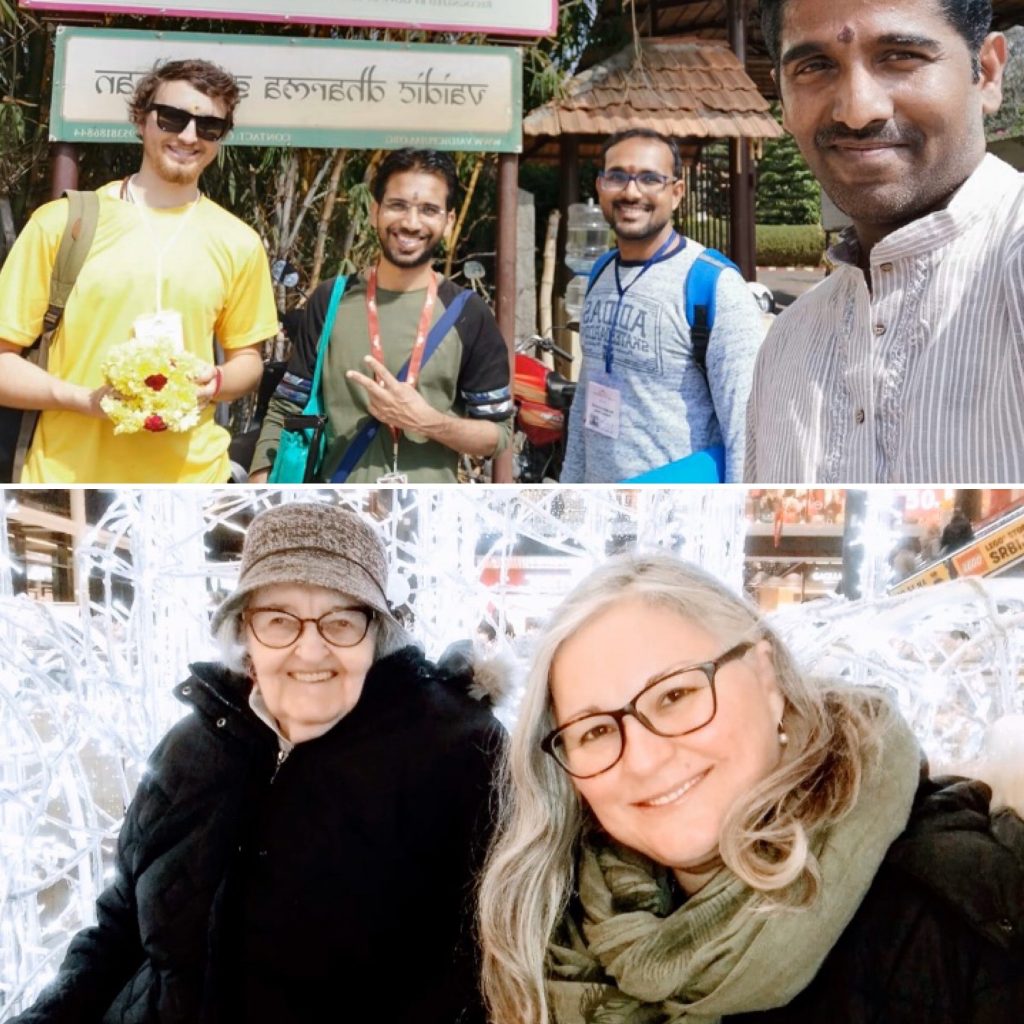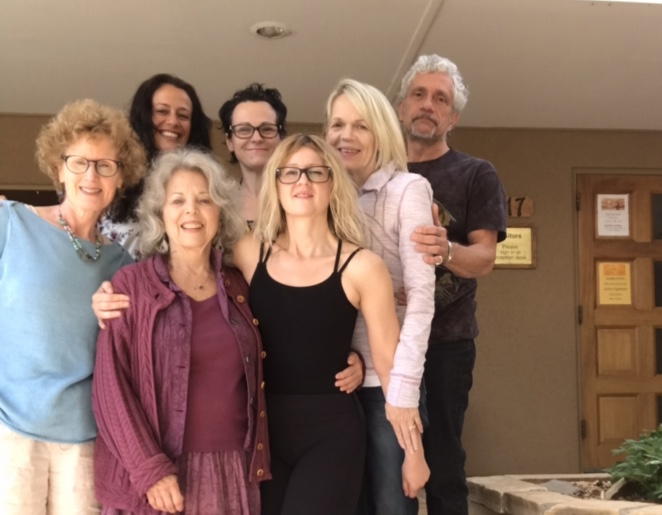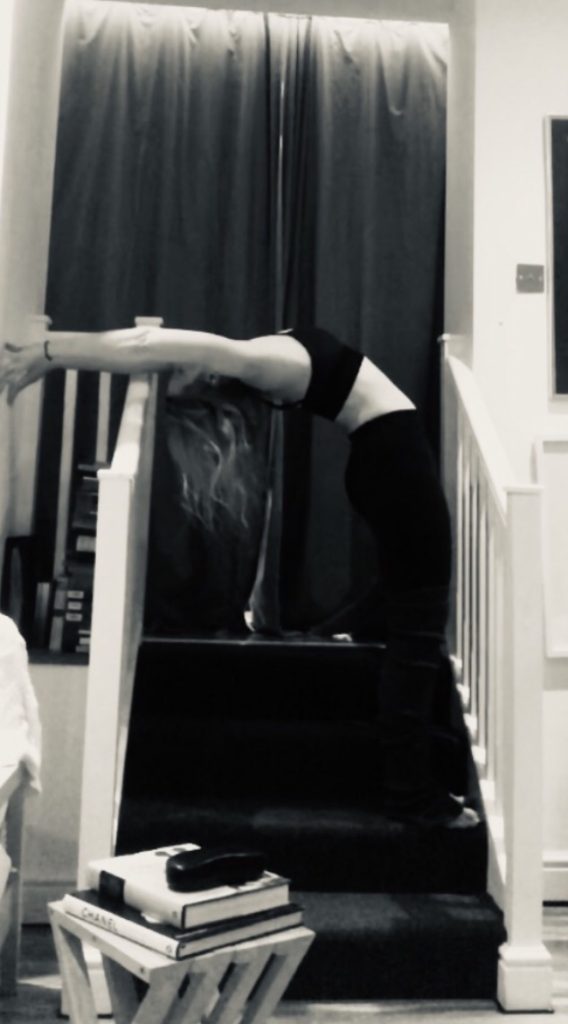
The New Aristokrats

“Aristocracy comes from the Greek word Aristokratia made up of “Aristos” (best) and “kratios” (power)”, meaning rule by the best. Oxford English Dictionary
Some of the most inspirational individuals I have had the privilege to meet and work alongside are also the humblest and most giving. They have one thing in common: selfless service has been an inherent part of their life. To me they are the new aristokrats in the purest sense of the word.
The new aristokrats might work alongside you in their day job and be very unassuming. However, they really are also teachers, guides, leaders, and a source of strength and support to others and their communities sometimes in other areas of life. Many might not know about them and their work and they wish it to stay this way!
In this article, we explore the concepts of unique privileges and responsibilities some of us have by virtue of our professions, the vital skill of ‘self-responsibility’ and how happiness comes effortlessly through selfless service (seva in Sanskrit). We share two stories obtained after much pleading as these individuals did not wish to be known. We also provide steps inspired by the work of Dr Paul and Patanjali on how to cultivate self-responsibility to lead more fulfilling lives.

“If you are a true professional, you will use your degree to help make things a little better for other people. You will get a satisfaction you will never get turning over a buck.”
Ruth Bader Ginsburg, American lawyer, Jurist and Associate Justice of the U.S. Supreme Court
Society confers to certain professions like the Legal and Healthcare Professions but also any social work and the wider financial industry and other professions, unique privilege to practice our professions with direct consequences for the lives of many sentient beings and the earth.
To be able to practice our training is long, costly, gruelling and upon completion we are equipped with certain abilities which society needs.
Those of us who are in those professions therefore made a commitment to give back and serve: to help those in need, to provide access to services and tackle need humanely. Lawyers do this with pro bono work. In health and social care professions we often work on an honorary basis, as volunteers, for free for many years and continue to provide services on a voluntary basis.
In our fast and instant consumerist society today we have forgotten this. We are misled along a dead-end path by false merchants promising bliss and success by the acquisition of things; titles, objects or by looking a certain way.
Yet happiness is not conditional on externals. It happens as a by-product of valuing ourself, our life and the extraordinary privileges it confers and by sharing with others. Happiness is free and starts by taking responsibility for ourselves and by stopping to look externally – to things and others to fill ourselves.
Steps to Self-responsibility
This concept has been present in many traditions but the most effective modalities I have encountered it in have been in Dr Margaret Paul’s Inner Bonding® six steps process, which I am accredited to teach and in Patanjali’s Yoga Sutras, which I also can transmit as a yoga and meditation teacher.

Dr Paul’s view – Self-responsibility as Emotional Freedom
I have written about Dr Paul’s modality extensively. She is my beloved teacher and pioneer in psychology. She won’t appreciate me trying to define her and her work (I say this with laughter) so I won’t. You can read more about the transformational power of Inner Bonding® here or by visiting her website (under references).
Dr Paul explains that ‘responsibility’ often carries with it a heavy, negative connotation. ‘Responsibility’ has often been equated with ‘fault” or with “selfishness” and acting out of ego in a defensive position of fault rather than to the learning the real power of taking a position of responsibility.

“To me, fault implies wrong or bad, whereas responsibility implies accountability. I like being accountable for my choices and for the consequences of my choices, because this is where my learning and my freedom lie.”
Dr Margaret Paul
Dr Paul describes self-responsibility as having the freedom and personal power to take the below actions in all areas of life including emotionally, physically, financially, relationally, organizationally and/or spiritually:
• bring myself joy
• compassionately manage my pain
• open myself to learning
• make my own choices
• speak up for myself
• choose my intent each moment
• heal the past
• be in the present moment
• pursue my passions
• manifest my gifts
• be alone or be with others
• come and go
• change my mind
• have fun
“When we avoid taking emotional, physical, financial, relational, organizational and/or spiritual responsibility, we create much unhappiness for ourselves, and we put ourselves in the position of being a victim. To me, taking personal responsibility in all these areas takes me out of being a victim and into personal power and emotional freedom.”
Dr Margaret Paul
Dr Paul’s six steps to complete self-responsibility are ground-breaking in their simplicity and depth, and for effectiveness require on-going and sustained practice. They can be practiced by individuals at any stages of development starting in childhood. They include (with permission from Dr Paul who allowed me to investigate her method in my Master thesis):
Step One: Become mindful of your feelings, deciding that you want 100% responsibility for the ways in which you may be causing your own pain, and for creating your own peace and joy.
Step Two: Choose the intent to learn to love yourself and others. Making this choice opens your heart, allows Love in and moves you into your loving adult self
Step Three: Choose to welcome, embrace and dialogue with your wounded ego self, exploring your thoughts/false beliefs and the resulting behaviors that may be causing your pain. Bring compassion to your core-Self feelings. Explore your gifts and what brings joy to your core Self.
Step Four: Dialogue with your guidance, discovering the truth and loving action toward yourself.
Step Five: Take the loving action learned in Step Four.
Step Six: Evaluate the effectiveness of your loving action.
These steps are a powerful roadmap for tackling the false beliefs that may be keeping you limited in your personal life.
Patanjali’s Self-Responsibility Concept
“Let us not forget: I didn’t just wake up First Lady… I mean, I went to law school, I practised law, I worked for the city, I ran a nonprofit (and) I was an executive at a hospital. I’ve been in the world. I’ve worked in every sector, and you don’t do that without coming up against some stuff.”
Michelle Obama

“atha yoga-anuśāsanam”||1.1||Now I will enunciate the discipline of Yoga
“yogaś-citta-vr̥tti-nirodhaḥ” ||1.2||Restraining the modulations of the mind is yoga.
“tadā draṣṭuḥ svarūpe-‘vasthānam” ||1.3|| Abiding in the nature of the form, of the seer, is yoga
“vr̥tti sārūpyam-itaratra” ||1.4||
Your citta, or mind, has been engaged and caught up in the vrittis, the outside world, external conditions all the time. You have been caught in what you are seeing through filters of illusions and wrong understanding.

According to Patanjali and yoga practice, when we are in a state of yoga, all modulations (vrittis) of the mind (chitta) disappear. When we are in our ego we see the world through veils and identify with what we see rather than with who we really are.
To reconnect with our true self (drashtu) we delve deeper into our own nature with a personal practice. There are many other practices and paths available to us to achieve this.
The practice of Ashtanga Yoga (the eight limbs of yoga) is a wonderful practice encompassing all areas of life, but these principles are universal and present in many traditions, spiritual or secular.

If we do not have such a practice, the modulations (vritti) skew our perceptions
vr̥ttayaḥ pañcatayyaḥ kliṣṭākliṣṭāḥ
Patanjali tells us that the modulations of the mind are five-fold
pramāṇa viparyaya vikalpa nidrā smr̥tayaḥ ||1.6||
There are five types of modulations (vrittis) of the mind, some of which are troublesome (klishta) whilst others are non-troublesome (aklishta). These are: wanting proof, wrong understanding, illusion (or imaginings), deep sleep, and memory (or recollections).
In traditional psychological work as in Cognitive Behavioural Therapy, we very much tackle these modulations of the mind through engaging with and challenging erroneous thinking and false beliefs (illusions and imaginings).
In psycho-spiritual or transpersonal psychology work (alliance of spirituality and psychology) we call upon a “higher power”, our intuition or innate wisdom (pure awareness) when we will come up with our own answers. This is empowerment.

The practice of yoga and meditation coupled with knowledge helps us identify our erroneous thinking and ensuing emotions by learning gently and over time, following our own timing to become very intimate with our “whole self” and not just our mind. We learn to feel and work with bodily sensations and release anything which might hold us back.

Responsibility Through Service/Seva
“I want our young people to know that they matter, that they belong. So don’t be afraid. You hear me, young people? Don’t be afraid. Be focused. Be determined. Be hopeful. Be empowered. Empower yourself with a good education. Then get out there and use that education to build a country worthy of your boundless promise. Lead by example with hope; never fear.”
Michelle Obama

In many societal traditions around the world we encounter the concepts of “selfless service”, “seva” and “pro-bono” ( voluntary) work.
However, the reason why selfless service is so powerful is rarely mentioned. Ruth Bader Ginsburg is a great proponent of seva and is such a great role model generally.
In the nascent fields of wellbeing, social wellbeing touches upon the immense benefit of being socially connected to others but stops here. It is interesting that the benefits and power of selfless service have not managed to inspire and engage people as much in “the West” as it has in other parts of the world. By engagement I mean as a valid path of development as much as travelling or learning a new skill.
James and Katarina : The New Aristokrats
I asked my friend James and cousin Katarina to share a little of their journey of service. For both selfless service has been a natural and inherent component of their personal and educational development.
James, a Psychology student from the USA, has deferred his university year to do “seva”, first in Canada, then in India, in Bengalore. For Katarina, whose career involves caring for those who are nearing the end of their life, selfless service has always been present. She was devoted to our grandmother and other members of our family, including being a great support to me in my life. She sees seva as being part of who we are, what makes us human. She has always been available to give of herself and her time generously when others have needed her.

“Sharing in life for me is probably the best way we can be of service – in our family, in our friendships and in our communities.”
Katarina Marotto, hospice carer, Belgrade, Serbia
The benefit of selfless service and seva is that we are transformed at a deep level as we are when we perform any physical activity through asanas in yoga for example. The path to it is different but leads to transformation from the inside out.
“Seva is a very natural way of life. It’s not an action or a doing. After doing my practices of yoga, meditation and breathing techniques I feel a sense of peace, joy and love that I cannot help but sharing with others.”
James Carter

“Seva may take form of cutting vegetables, saying hi to people, teaching yoga and giving blessings to other people. Many of these actions will feel very effortless because I am just being rather than trying to achieve something. Since I am looking at the process rather than the result I feel much more enjoyment out of the Seva since there are no expectations of what will happen.”
James Carter
Many spiritual traditions also encourage selfless service as a way to develop spiritually. How can this be achieved through seva?
All sorts of challenging tasks might be carried out in seva where we come face to face with our own fears or aversions. For example when we detoxed in our yoga class, there was a lot of cleaning required afterwards which we did ourselves. Assisting people who are dealing with addictions, illness, are not able to help themselves or nearing the end of their lives might be another particularly difficult task for some of us.
Through taking responsibility for ourselves first, our personal and mindful practice and through acts of selfless service, we learn to remain mindfully aware of our challenges and ensuing emotions. The selfless act of service becomes transformative and a very potent tool for people to learn more about themselves, their personalities and patterns of behavior or thought that are no longer serving us. In this way, performing seva can be a form of personal and spiritual development.

“Once I have completed the action I will just surrender. The whole world will really benefit from doing Seva about 2 hours a day because it drops the I-ness in oneself and allows one to feel once with the world. At the end of the day Satsang is an amazing opportunity that allows one to celebrate the day by singing, dancing, meditating and connecting with others.”
James Carter

Thank you to Dr Margaret Paul, James and Katarina for being such gifts in the world and for their selfless giving and inspiration.

[I am an accredited Inner Bonding practitioner and yoga and meditation instructor. Get in touch with me if you wish to learn more under Connect]
References
Grgona, I. (2018) Effect of Spirituality on Employee Well-being in the Workplace: A Systematic Review. University of Derby, England.
Grgona, I. (2018) Empirical Report:Effectiveness of Two Well-being Interventions (concentration meditation and Inner Bonding®) On Emotional & Mental Well-being, Spirituality and Insight Problem Solving, University of Derby, England.
Sri Sri School of Yoga Teacher Training Manual. Copyright 2019.
www.innerbonding.com
